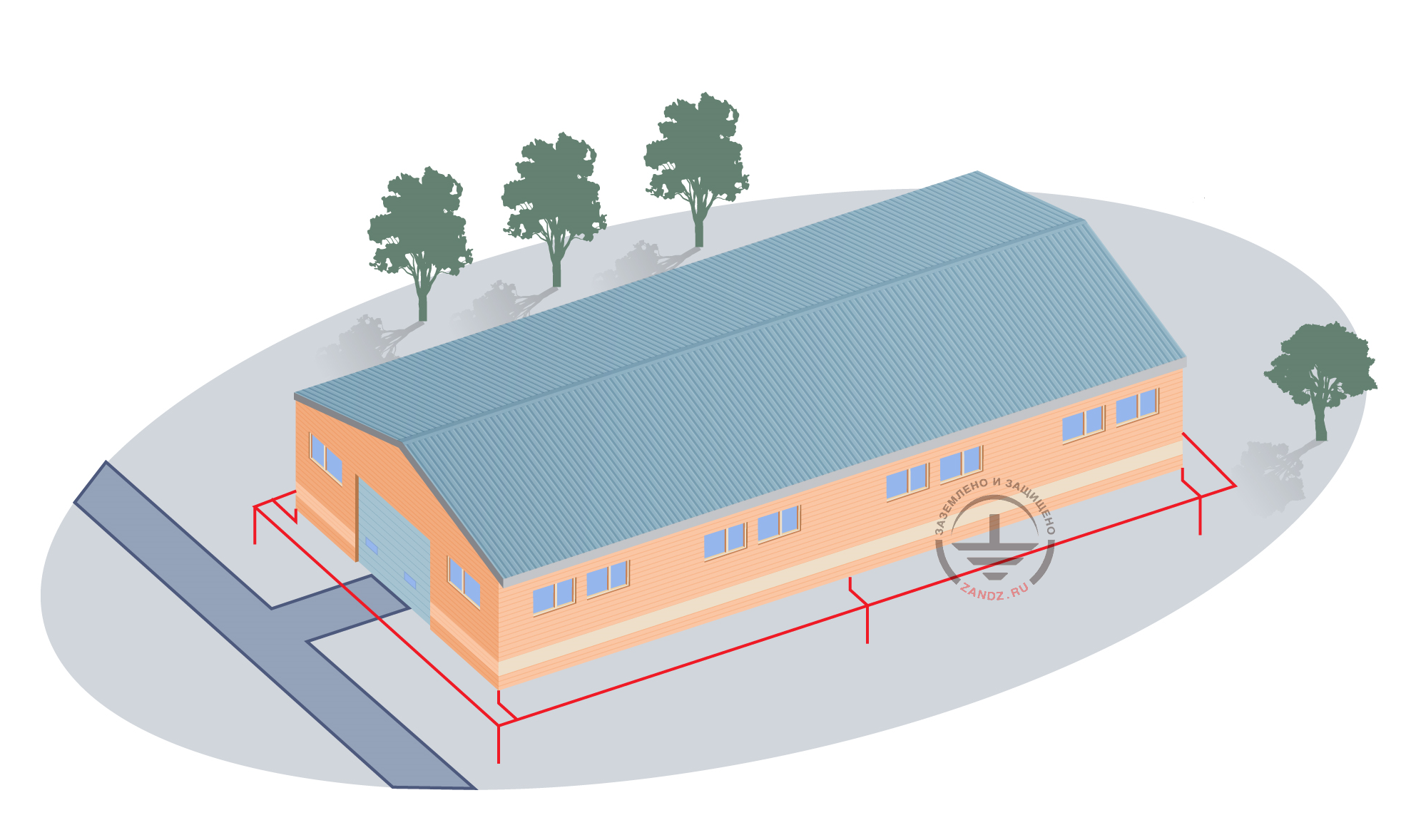Modern construction companies offer tailor-made solutions to their customers when designing an apartment building. There are fewer typical buildings, and correspondingly, typical foundations too. Buildings is performed under a certain budget, and the amount of reinforcement and concrete is calculated individually. It is known that as a natural ground electrode of lightning protection foundation of building can be used, but if the foundation is not typical, how not to make a mistake in the calculations? What regulations should be used? One of our readers faced such an issue in the design of a building. Let's study this example.

Question: I would like to know, if concrete foundations used as natural ground electrodes should have sizes in accordance with point 3.7 of the AD 34.21.122-87 when designing lightning protection? Bored piles with the depth of 4 meters in the ground were used in the project. And according to point 3.7. they should be greater than 5 meters. How, then, to understand point 1.8 of the AD 34.21.122-87? Everybody understands them in their own way. Are there any regulatory documents for this issue?
Answer: The size of more than 5 meters is given as a typical size for ground electrodes of free-standing lightning rods. These sizes should not be observed for the buildings in a complex. Piles 4 meters long can be used as ground electrodes, including lightning protection ground electrodes, according to the same point 1.8 of the AD 34.21.122-87, but it is advisable to perform the calculation of the current density, which can pass through the foundation. At the discrepancy to the required value, the natural ground electrode will have to be supplemented by artificial ground electrodes, as the current flow should not lead to the destruction of the foundation. Guidelines for the calculation of natural grounding devices are listed in the "Grounding devices of Electrical Installations" by R.N. Karjakin. It gives information on the selection and calculation of grounding devices, and paragraph 5.9 gives the formula to check the natural ground electrode for the largest admissible current.
Let's summarize, the impact of currents on the foundations of large sizes, capable of causing destruction of concrete, is unlikely, but still possible. Therefore, when designing buildings with a non-typical foundation, it is necessary to perform additional calculations. Ask your question! Contact ZANDZ Technical center for advice.
See also:
- Can I use roof as a lightning rod?
- Regulatory documents on grounding and lightning protection
- Interesting project: lightning protection for a stable
Related Articles:

.png)



